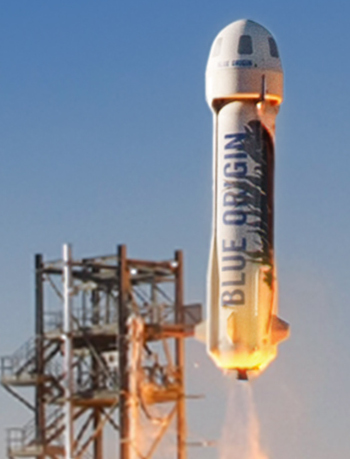The plans for the first Arab probe to Mars revealed
The competition heats up: The United Arab Emirates (UAE) on Thursday unveiled its plans for its first unmanned mission to Mars, dubbed al-Amal (“Hope”).
They hope to launch by 2020.
Forgive me if I am skeptical. Unlike India, which just succeeded in doing this, the UAE has no history or background in space exploration. India has been building satellites for decades. It has its own rockets. It had already launched a successful mission to the Moon. The UAE has done none of this yet. They are starting from ground zero.
Then again, one has to start somewhere.
This UAE effort illustrates again what I call the new colonial movement, where nations across the globe are increasingly pushing to participate in the exploration of space, because they realize that if they don’t, they will get left behind by their neighbors. Whether or not UAE succeeds, their decision to enter the competition proves the competition exists, and such a competition can only add energy to the effort to colonize the solar system.
The competition heats up: The United Arab Emirates (UAE) on Thursday unveiled its plans for its first unmanned mission to Mars, dubbed al-Amal (“Hope”).
They hope to launch by 2020.
Forgive me if I am skeptical. Unlike India, which just succeeded in doing this, the UAE has no history or background in space exploration. India has been building satellites for decades. It has its own rockets. It had already launched a successful mission to the Moon. The UAE has done none of this yet. They are starting from ground zero.
Then again, one has to start somewhere.
This UAE effort illustrates again what I call the new colonial movement, where nations across the globe are increasingly pushing to participate in the exploration of space, because they realize that if they don’t, they will get left behind by their neighbors. Whether or not UAE succeeds, their decision to enter the competition proves the competition exists, and such a competition can only add energy to the effort to colonize the solar system.

